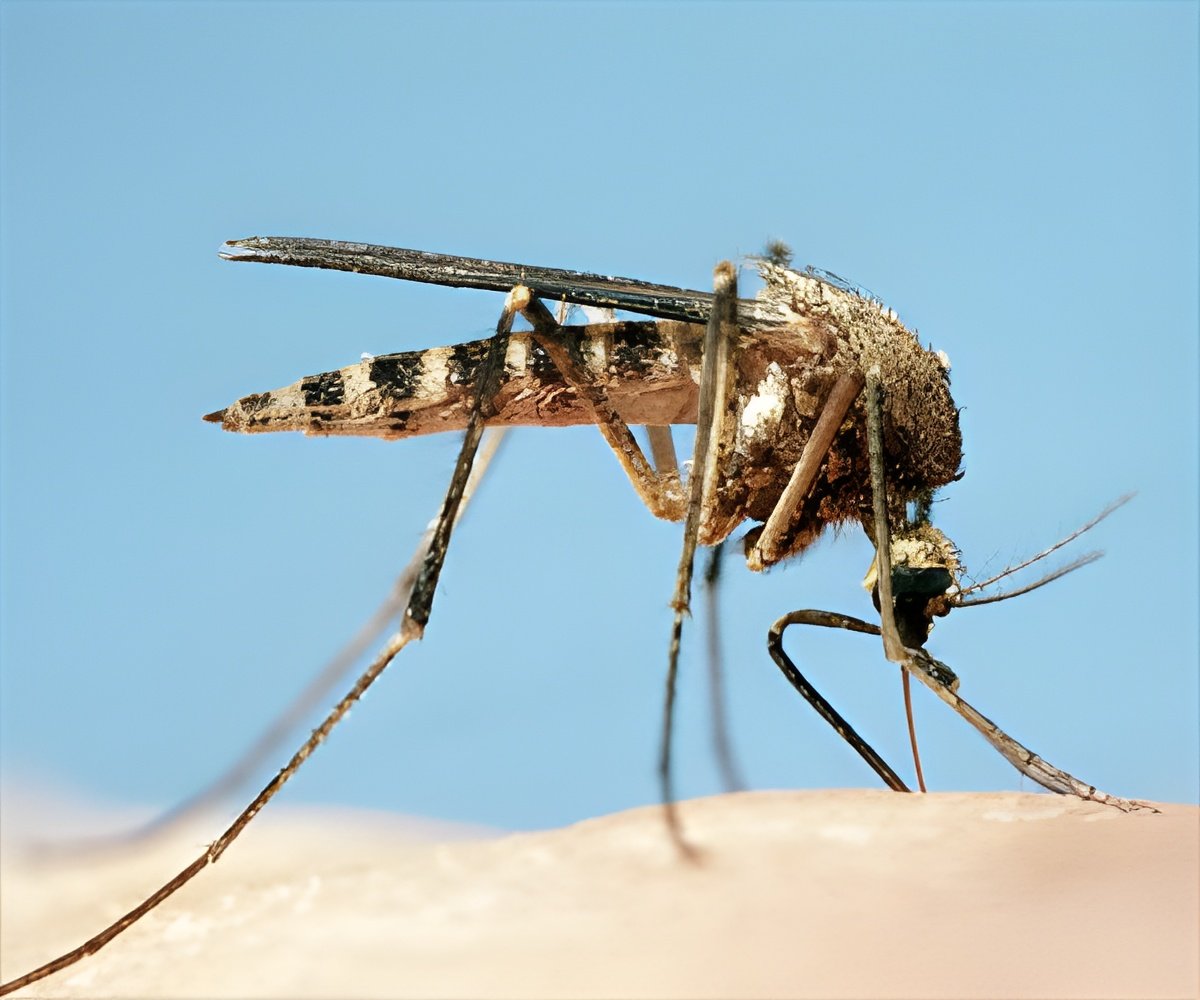
A cheaper alternative to hypodermic needles, it would also remove safety risks from needle contamination and the pain-free administration could lead to more people taking up a vaccination.
The researchers added that it could have an impact beyond infectious disease vaccination programmes, for example managing autoimmune and inflammatory conditions such as diabetes.
The team at King's used a silicone mould developed by US company TheraJect to create a microneedle array - a tiny disc with several micro-needles made of sugar which dissolve when inserted into the skin. The team formulated a dried version of a live modified adenovirus-based candidate HIV vaccine in sugar (sucrose) and used the mould to create the microneedle array.
They found that the dried live vaccine remained stable and effective at room temperature.
To test the effectiveness of the microneedle array, they applied it to mice. Using imaging (in collaboration with Professor Frederic Geissmann, King's College London) they observed how the vaccine dissolved in the skin and were able to identify for the first time exactly which specialised immune cells in the skin 'pick up' this type of vaccine and activate the immune system.
Advertisement
When compared with a traditional needle vaccine method, the immune response generated by the dried microneedle vaccine (kept at room temperature) was equivalent to that induced by the same dose of injected liquid vaccine that had been preserved at -80 degree C.
Advertisement
Source-ANI










